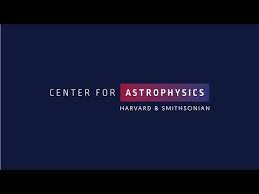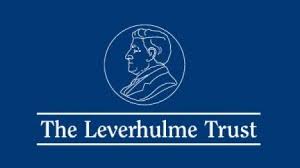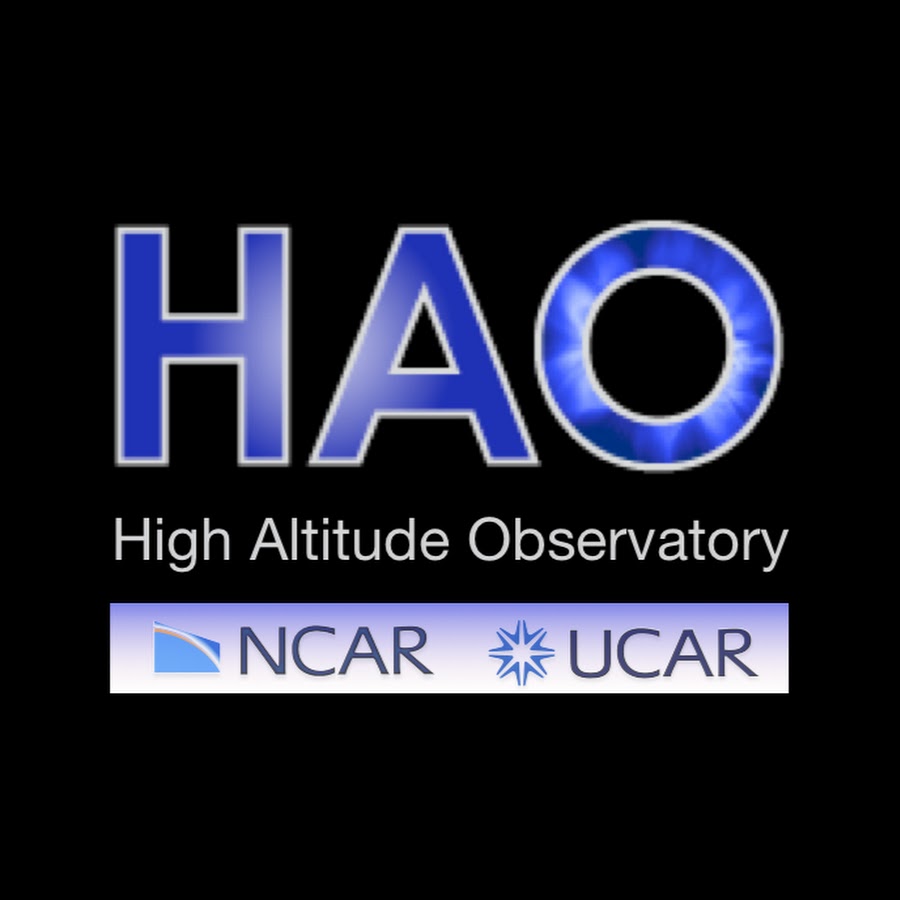Variability and Self-Organisation in Stellar Evolution
Funder
Leverhulme Trust
Value
£41,127
Team
Duration
2 September 2019 to 31 August 2021
Project overview
Ever improving observational technologies, such as high-resolution imaging data, have enabled access to the complex and rich dynamics of solar/stellar surface phenomena on a broader range of time/length scales, revealing new features that cannot be explained by existing theories. These phenomena can be almost periodic or volatile and explosive, with a significant impact on nearby planets.
Furthermore, newly emerging data from different types of stars call for new theories of stellar evolution of different stars. A new framework has been proposed by Professor Kim to face this challenge by combining the novel concepts of self-organisation and probability density functions and to model observational data.
Project objectives
- Investigate variability and self-organisation in solar/stellar activity
- Understand the effects of solar/stellar activity on Earth
- Advance mathematical modeling techniques
- Analyse newly emerging data and provide a new framework to understand
- Model solar/stellar and atmospheric data.
Impact statement
Research impact:
Solar/stellar flares are rare, large-amplitude events which are explosive, with a vital impact on Earth (geomagnetic storms) and the habitability of exoplanets. It is thus no surprise that the recent discovery of Proxima b, a planet of Proxima Centauri, gave a new impetus to intensive research on stellar flares in Proxima Centauri and other stars. The project will investigate the modelling of solar flares and their impact on the Earth’s environment (global circulation).
In collaboration with Dr Kashyap and other observers at the Harvard–Smithsonian Center for Astrophysics (CfA), Cambridge, Massachusetts, USA, solar flares recorded in the Hinode Flare Catalog, which cover the entire duration of the recent solar cycle 24 have been anlaysed, a process starting in 2006 and extending into 2017. The time-dependent distributions of seven variables associated with these flares, such as waiting time, rise and fall times, peak flux and total radiative energy loss have been calculated and an investigation carried out as to how the scalings of these quantities vary over the solar cycle. A nonlinear stochastic model has been proposed by Professor Kim and fitted with parameter values to reproduce the behavior of the observed power-indices as well as providing the interpretation of this new model in terms of avalanche size, time scale, and fractal dimensions proposed previously in the Self-Organized Criticality model.
In collaboration with Dr Liu at High Altitude Observatory (HAO), National Center for Atmospheric Research (NCAR), Boulder, USA, the atmospheric data from the Whole Atmosphere Community Climate Mode (WACCM) has been analysed and time-dependent distribution calculated along with the information length (the total number of statistically different states that a system evolves through in time), demonstrating the information length as being a useful index to gain a new perspective of understanding variabilities, correlation among different variables and regions.
In parallel with the research described above, the variability in related other systems has also been investigated.
Research visits:
The PI has made two-month visits to the two leading institutes, namely the High Altitude Observatory (HAO), Boulder, USA in March 2019 and Harvard–Smithsonian Center for Astrophysics (CfA), Massachusetts, USA in April 2019 which are the forefronts of solar, Earth atmosphere and stellar research, partly supported by the following two grants
- Chandra X-ray Center Research Visitor Program, Harvard-Smithsonian Astrophysical Observatory: Energy deposition into solar and stellar coronae by flares, $5,487 (01/04/2019-30/04/2019).
- Scientific Visit Program, National Center for Atmospheric Research, Time-dependent probability density function and application to analysis of complex model output. $2,000 (01/03/2019-31/03 2019).
Leading and submitting a large scale STFC bid (4 Feb 2020):
After moving to Coventry University in September 2019, the PI, Professor Kim initiated and led a new STFC consolidated grant application,“Solar Studies and Planetary Studies in the Fluid and Complex Systems Research Centre (FCS) at Coventry University” and submitted an application as the PI together with four other Co-I’s from FCS [total £2,609,288.02] on 4 February 2020.
STFC Studentship Accreditation (25 Feb 2020):
Professor Kim initiated an application for STFC Studentship Accreditation for the Fluid and Complex Systems Research Centre to be eligible to apply for studentships on consolidated grants, and this was approved on 25 Feb 2020. This means that FCS is awarded an STFC Consolidated Grant, above in 3-(2), it will be included in the algorithm for an allocation of studentships for 2021.
Reviewing two Grant Proposals:
EPSRC Standard Grant (Nov 2019); STFC Consolidated Grant (April 2020).
Invitation to the EPSRC Panel Meeting:
11-12 Dec 2019
Power-law indices graph:
Download graph: Power-law indices
Size: 240 kb
This graph demonstrates power-law indices αw = 2.02 ± 0.13, αr = 1.80 ± 0.12, αf = 1.83±0.12, αT = 1.76±0.12, αF = 1.94±0.13 and αE = 1.71±0.15 for waiting time, rise time, fall time, duration time, peak intensity and energy of solar flares, respectively together with their one standard deviation errors over the solar cycle in 2007-2016 - three year sampling and optimal bin size are used.
Outputs
Refereed Journal papers:
E. Kim, J. Heseltine and V. Kashyap, Modeling Solar Coronal Flaring as Time-Dependent Stochastic Processes Over Cycle 24, in preparation (2020).
V. Kashyap, E. Kim and J. Heseltine, Impulsive energy deposition into coronae through self-organized criticality, 235th Meeting of the American Astronomy Society (2020)
E. Kim and R. Hollerbach, Time-dependent Probability Density Functions and Information Geometry in the Fusion L-H Transition, Phys. Rev. Res., 2, 023077 (2020).
E. Kim, J. Heseltine and H.-L. Liu, Information Length as a Useful Index to Understand Variability in the Global Circulation, Mathematics, 8(2):299 (2020).
J. Heseltine and E. Kim, Comparing Information Metrics for a Coupled Ornstein-Uhlenbeck Process, Entropy, 21(8):775 (2019).
R. Hollerbach and E. Kim, Information Geometry of Spatially Periodic Stochastic Systems, Entropy, 681:1-12 (2019).
Refereed conference proceeding papers:
E. Kim and R. Hollerbach, Information Length as a New Diagnostic of Stochastic Resonance, Proceedings, 46, 10; doi:10.3390/ecea-5-06667 (2020).
Invited talks at colloquium, seminar, conference:
Variability, information length and preliminary application to a general circulation model, High Altitude Observatory Colloquium, National Centre for Atmospheric Research, Boulder, Colorado, USA, 27 March 2019.
Turbulence statistical analysis – time-dependent probability density function and information length, General Atomics, California, USA, 9 April 2019.
Stochastic modeling of variability/flare, Harvard–Smithsonian Center for Astrophysics, Massachusetts, USA, 15 April 2019.
Information length as a new diagnostic of stochastic resonance, 5th International Electronic Conference on Entropy and Its Applications, 18-30 November 2019
Variability and information length, University of Massachusetts Boston, Massachusetts, USA, 25 April 2019.
Self-organisation out of disorder – L-H transition, Imperial College London, UK, 5 Feb 2020.
Complexity and information length, Coventry University, UK, 6 June 2019.







